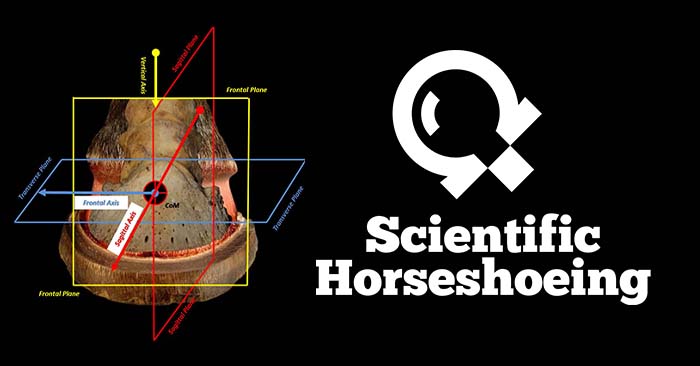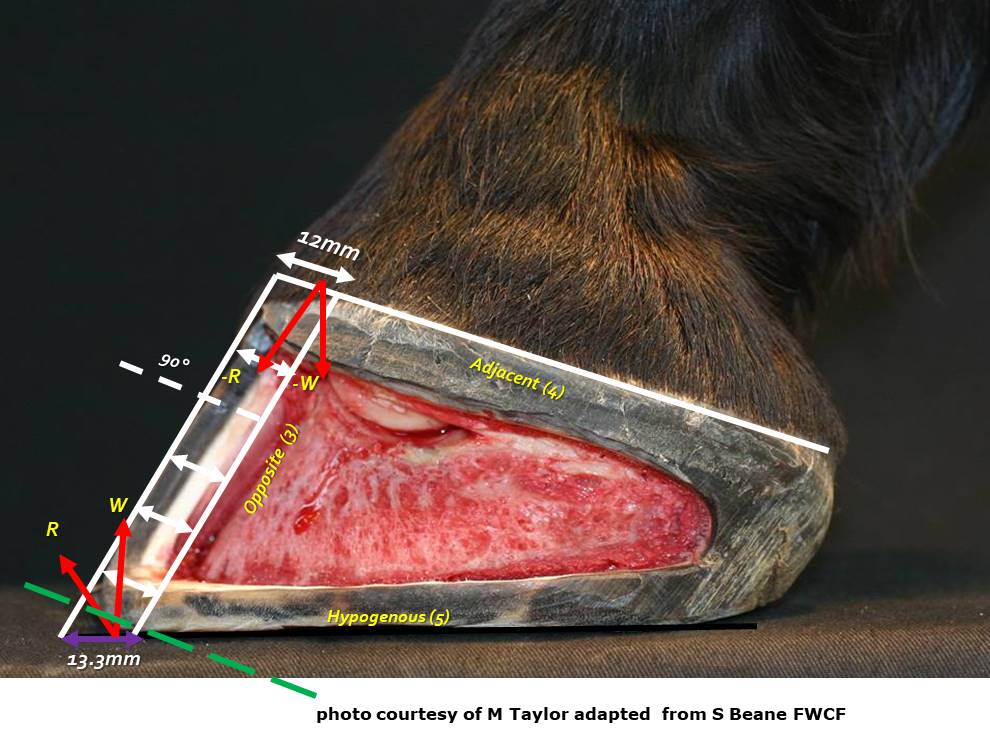The Foot Form and Function
£9.99
Farriery attempts to maintain equilibrium within the foot by trimming to achieve an ill-defined and subjective empirical interpretation of “Static Foot Balance” (Hickman &Humphrey 1987; Stashak 2002).
This interpretation of foot balance is mostly derived from historical texts (Dollar & Wheatley 1898; Russell 1897; & Lungwitz 1891; 1897).
In nature shape and form of a structure relate directly to function. The hoof capsule is such an example of this concept. The primary functions of the hoof capsule and its associated structures are to absorb impact shock during locomotion, assist in the transfer of weight from the skeletal column and protect the underlying structures whilst providing grip during locomotion.
This paper reviews the anatomical and bio-mechanical considerations of the current foot balance model. It explores the relationship between the anatomical structures and the mechanical function within the foot and reviews the farriery considerations of our understanding of both static and dynamic foot balance models. The horse’s hoof is the ultimate focus of forces generated by the limbs’ dual functions of weight bearing and locomotion. It is the only part of the horse’s anatomy whose shape, and consequently functions, can be altered readily. Hoof shape can be changed by the way those forces are directed into it (the way a horse moves), by weakening effects of environment, and by trimming and shoeing practices.
Conversely, altering hoof shape can alter its functions and thus effect the movement and health of the limb above it. Because of this complex dynamic relationship between hoof shape, locomotion, environment and hoof care, detailed knowledge of hoof structure and function is essential for the practices of farriery and lameness related equine medicine.




